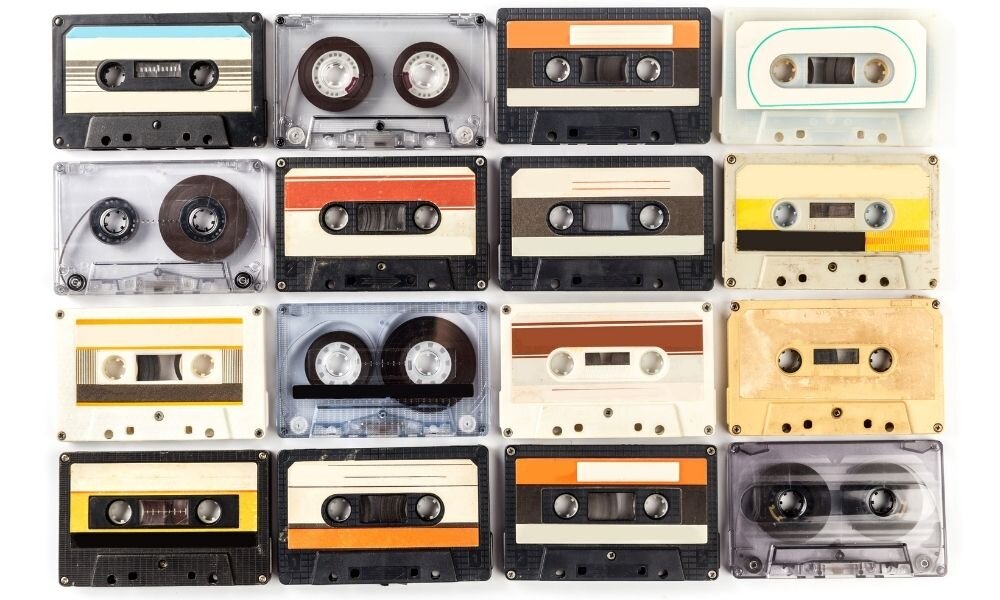The History of the Cassette Tape
Can you imagine a world without portable music that could fit right inside your pocket? Before phones, MP3 players, and CD players came the beloved cassette tape. These small, hard plastic tapes contained a small reel of magnetic tape that would loop around two spools—much like a miniature reel-to-reel machine. The cassette tape was a significant advance in technology—learn about the history of the cassette tape and consider how far we’ve come since its creation.
Figuring Out Where To Go After Reel-To-Reel
Though the development of reel-to-reel audio recording in the 50s satisfied the needs for more efficient audio playback, it still left much to be desired by innovators. The company Philips, based in Eindhoven, knew there would be a market for small, portable audio playback devices with recording machines to match. With that in mind, Philips entrusted two of their divisions—their Vienna office and Berlin office—to design the best cartridge for magnetic tape that was smaller and skinnier than reel-to-reel tape.
In 1962, the teams presented their products. The Vienna team developed a single-hole cassette, while the Berlin team developed a two-spool cassette that drew inspiration from a failed product that RCA Victor released four years prior, the RCA tape cartridge. Philips accepted the Berlin team’s idea and got to work making it a reality.
The Cassette Tape Boom
In 1963, Philips released the Compact Cassette tape into European markets and American markets (under the brand Norelco to avoid trademark infringement). Alongside the Compact Cassettes, Philips also released home cassette recorders that consumers could use to record audio in the same way they would use a dictation machine. Throughout the 60s and 70s, the cassette industry took off as the devices became essential tools for journalists, transcriptionists, and even found use in answering machines.
Philips surpassed their competitors by licensing the cassette under Sony, who pressured Philips to give them a license for free. The partnership between the Norwegian and Japanese companies quickly established the Compact Cassette as a world-wide standard.
Music on the Move
During their inception, cassette players weren’t of high enough quality to sufficiently playback music. The Advent Corporation created a new type of tape deck in 1971 that would provide higher audio quality that opened the way for the further innovation of cassette playback machines. Boomboxes, car stereos, and stereo tape decks ruled over the 70s, creating an unforgettable culture.
When Sony released their Walkman in 1979 as a portable, user-friendly, and pocket-sized music player, the music industry thrived. Music artists could use both sides of the cassettes and put out more music than they could on vinyl.
The history of the tape cassette continues into modern times with the rise of indie artists who love the format, but its popularity has significantly dropped due to the rise of convenient digital formats. Whether you need to protect and convert audio cassettes to digital or want digital backups of your new sounds, DiJiFi can provide you with the perfect services for your project’s needs.

